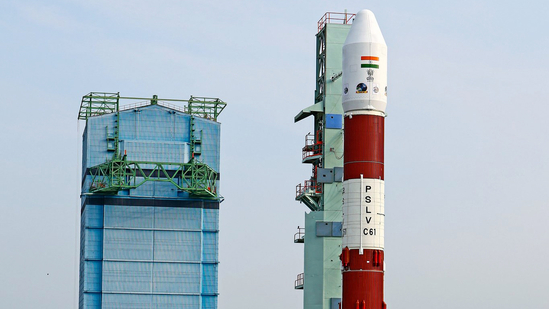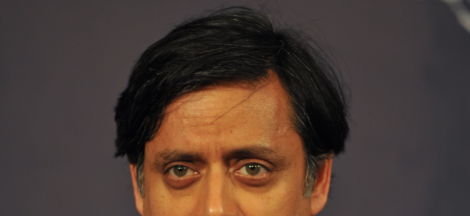The Indian Space Research Organisation’s mission to deploy the Earth Observation Satellite EOS-09 aboard the PSLV-C61 rocket ended in failure after a technical anomaly disrupted the third stage of the launch vehicle. The setback occurred during the early hours of Sunday, 18 May 2025, following a liftoff from the Satish Dhawan Space Centre in Sriharikota at 5:59 AM IST.
ISRO Chairman V. Narayanan confirmed that the mission could not be accomplished as planned, attributing the failure to a drop in chamber pressure in the third stage’s motor case. This malfunction prevented the satellite from achieving its intended sun-synchronous polar orbit. The first and second stages of the Polar Satellite Launch Vehicle operated nominally, but the third stage’s underperformance led to the mission’s premature termination.
EOS-09, also known as RISAT-1B, was designed to enhance India’s Earth observation capabilities. Equipped with a C-band synthetic aperture radar , the satellite was intended to provide high-resolution imaging regardless of weather conditions, day or night. Its applications spanned agriculture, forestry monitoring, disaster management, urban planning, and national security.
The mission’s failure marks a rare anomaly for ISRO, which has maintained a high success rate in its space endeavors. The PSLV-C61 was the 63rd flight of the PSLV series and the 27th in its XL configuration. The launch vehicle was also carrying additional payloads, including CGUSAT, LEAP-1, MUNAL, Phoenix, and Sowa-1, whose statuses remain unconfirmed following the mission’s failure.
ISRO has constituted a Failure Analysis Committee to investigate the cause of the third stage malfunction. The committee will conduct a thorough technical analysis to determine the underlying issues and recommend corrective measures to prevent similar occurrences in future missions.
The EOS-09 satellite was part of a broader initiative to expand India’s constellation of Earth observation satellites. ISRO had plans to deploy a total of 52 satellites over the next five years, aiming to bolster the nation’s surveillance capabilities and support various civilian and strategic applications.




 Judiciary Must Stay Grounded in Societal Realities, Says CJI Gavai
Judiciary Must Stay Grounded in Societal Realities, Says CJI Gavai 